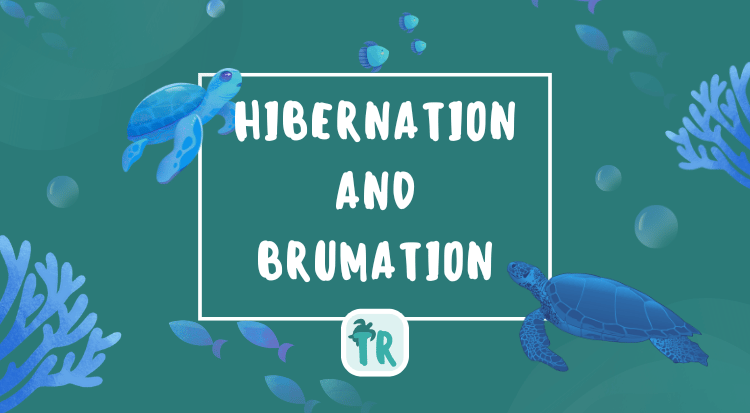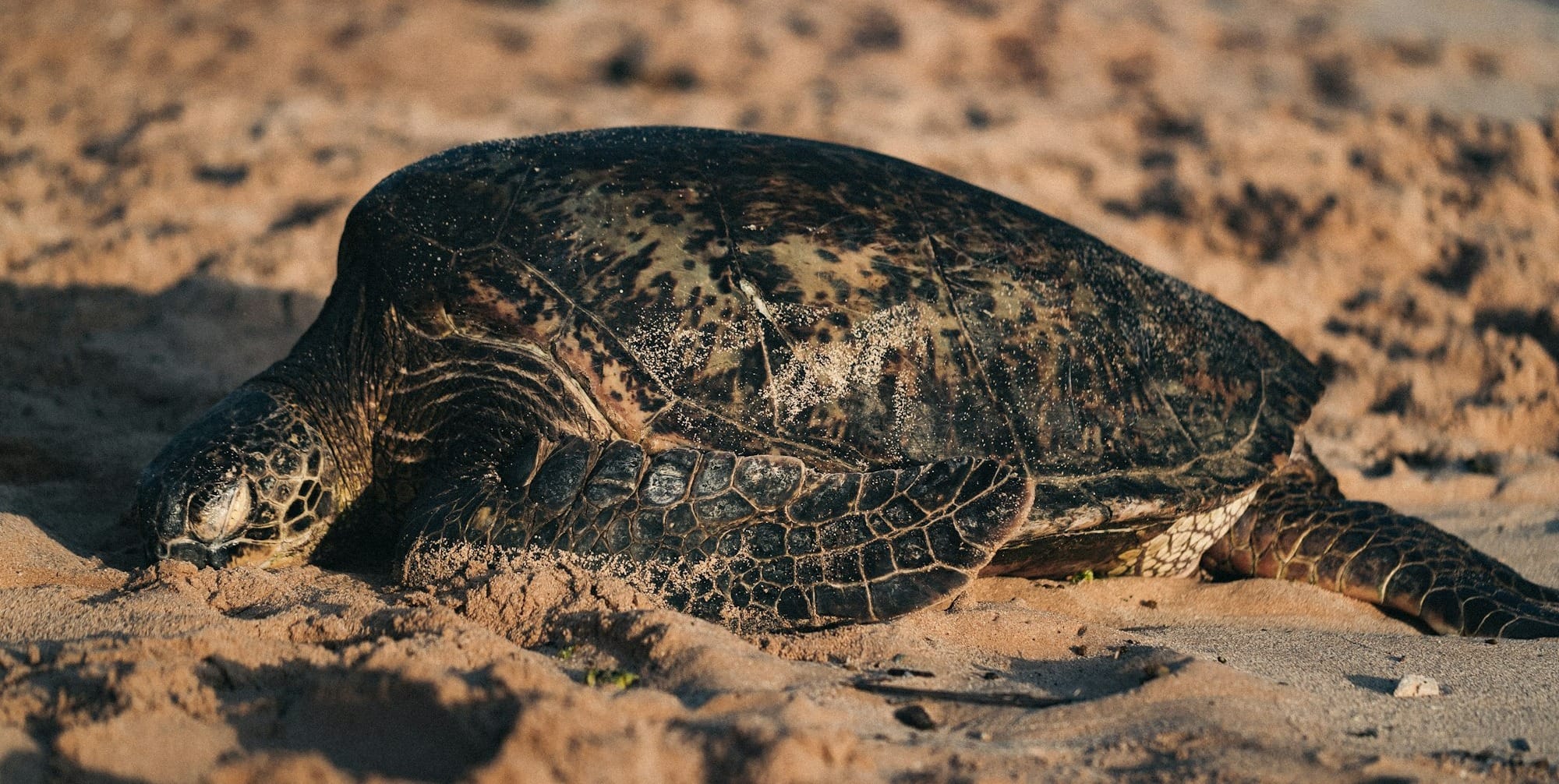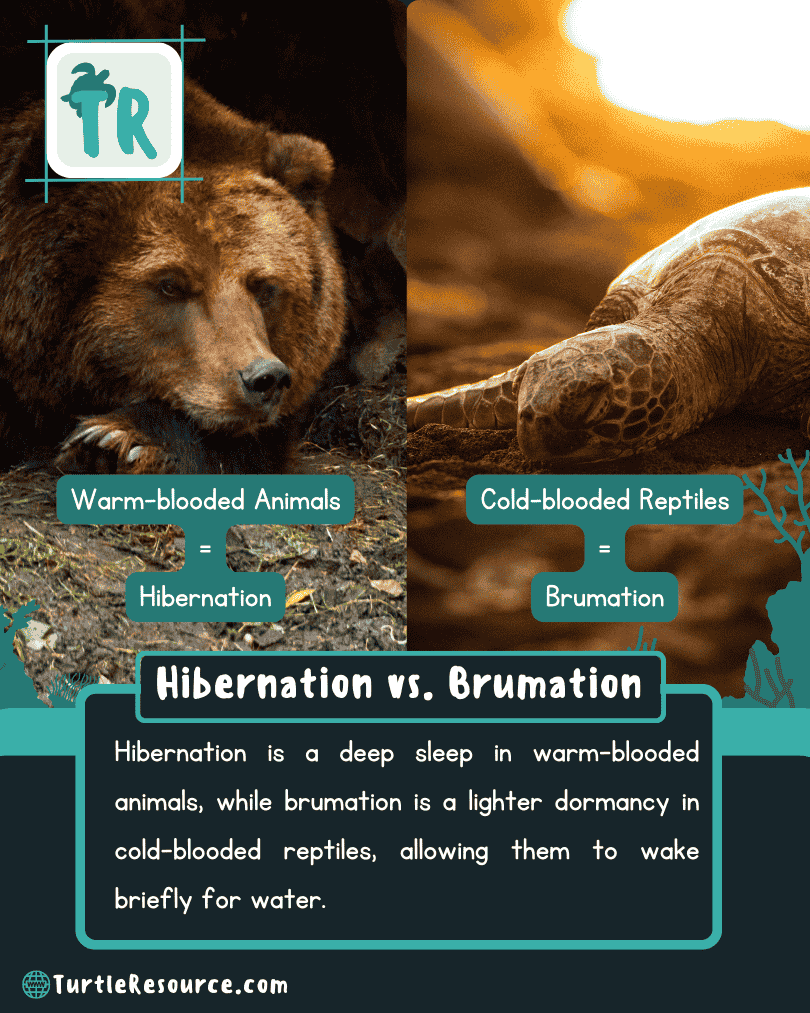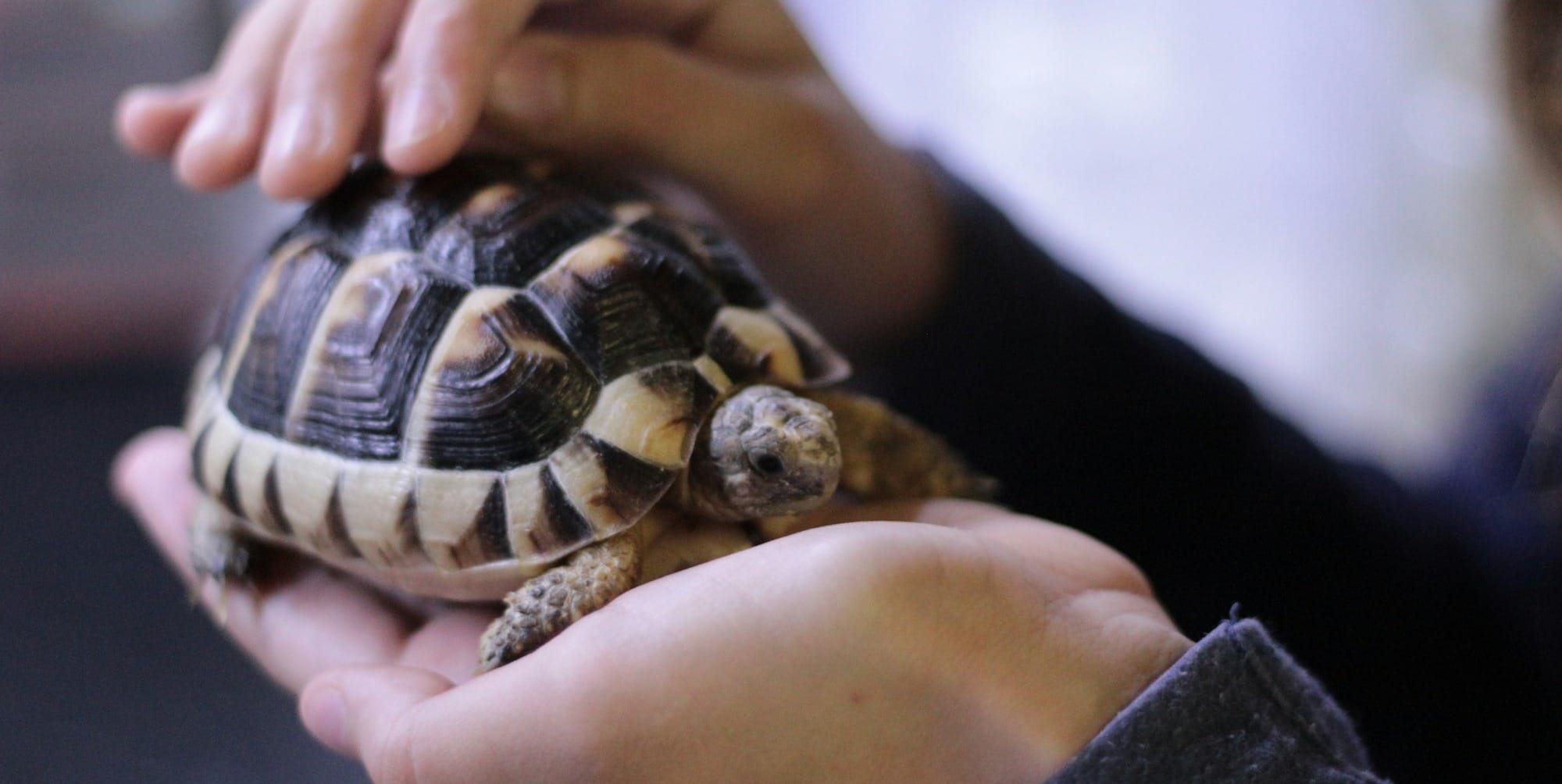Turtle Brumation and Its Importance
Understand brumation in turtles with our comprehensive guide. Learn how to prepare, care for, and decide if brumation is right for your pet turtle.

Understanding the unique behaviors of turtles, such as brumation, is crucial for their owners. These periods of dormancy allow turtles to conserve energy during unfavorable conditions, and knowing how to manage them can ensure your pet turtle stays healthy and safe throughout the year.
This guide will empower you with a comprehensive understanding of what brumation is, how they affect turtles, and what you need to know as a turtle owner. By understanding these processes, you can confidently ensure your pet turtle stays healthy and safe throughout the year.

What Is Brumation?
Brumation, a unique and fascinating behavior, is the reptile equivalent of hibernation in mammals. It's a state of dormancy that turtles enter during cold weather to conserve energy.
- Definition: Brumation is a period of inactivity and metabolic slowdown in reptiles.
- Purpose: Helps turtles survive when temperatures drop and food becomes scarce.
- Duration: Can last from a few weeks to several months, depending on the species and climate.
Why Do Turtles Brumate?
Brumation is a natural response to environmental changes. It helps turtles cope with seasonal variations.
- Temperature Changes: Cold weather slows down a turtle's metabolism.
- Food Availability: Less food in winter means turtles need to conserve energy.
- Survival Strategy: Brumation increases the chances of surviving harsh conditions.
Hibernation vs. Brumation
Although “hibernation” and “brumation” often get mixed up, these terms describe two different types of winter dormancy.
Warm-blooded mammals undergo true hibernation, remaining deeply asleep for extended periods. Cold-blooded reptiles like turtles enter brumation, where they may occasionally stir to drink water before returning to a dormant state.
Recognizing these differences is vital for proper care, ensuring turtles remain healthy when temperatures drop.
- Hibernation: Refers to dormancy in warm-blooded animals like mammals.
- Brumation: Specific to cold-blooded animals like reptiles and amphibians.
- Activity Levels: Turtles may occasionally wake up and drink water during brumation, unlike mammals in deep hibernation.

Signs That Your Turtle Is Brumating
Recognizing brumation signs is a crucial part of responsible pet care during this period.
- Reduced Activity: Your turtle moves less and may stay in one spot.
- Decreased Appetite: Eating less or not at all.
- Burrowing: Hiding under the substrate or seeking shelter.
- Slower Breathing: Breathing rate decreases noticeably.
Should Pet Turtles Brumate?
Not all pet turtles need to brumate; in some cases, it may not be advisable.
- Captive Conditions: Indoor turtles with controlled environments may not require brumation.
- Health Risks: Incorrect brumation can lead to health problems or even death.
- Breeding Purposes: Some breeders induce brumation to encourage reproduction.
Brumation in Captive Turtles: Assessing the Necessity of Winter Dormancy
Brumation, a state of dormancy or reduced metabolic activity during colder months, is a natural adaptation observed in many turtle species. In the wild, this process enables turtles to conserve energy when temperatures drop and food resources become scarce.
However, whether pet turtles should brumate in captivity remains a subject of debate. On one hand, simulating a natural seasonal cycle, including brumation, can maintain the physiological rhythms that turtles have evolved to expect, potentially supporting reproductive functions, shell health, and overall well-being. On the other hand, artificially imposed brumation without careful preparation may pose risks if habitat parameters are not adequately controlled, such as insufficient temperature monitoring or suboptimal humidity levels, leading to higher susceptibility to infections or metabolic stress.
Before inducing brumation, owners should ensure that their turtles are in robust health, carrying sufficient fat reserves and free from underlying illnesses. A veterinary assessment is often recommended to confirm suitability. Additionally, the enclosure must allow precise regulation of temperature and ventilation throughout the brumation period, mirroring natural fluctuations while avoiding hazardous drops.
For species not inherently adapted to pronounced seasonal shifts, forced brumation may be unnecessary or even detrimental. Ultimately, the decision requires knowledge of a turtle’s native ecology, close monitoring, and expert guidance, recognizing that brumation in captivity should only be undertaken if conditions can accurately and safely replicate those found in nature.
Sources
- Gibbons, J.W., and Greene, J.L. Reptile Ecology and Conservation.
- Moll, D., and Moll, E.O. The Ecology, Exploitation, and Conservation of River Turtles.
- Wilkinson, R., and McArthur, S. Medicine and Surgery of Tortoises and Turtles.
Preparing Your Turtle for Brumation
If your turtle is going to brumate, proper preparation is not just important, it's essential. This includes ensuring your turtle is healthy before entering brumation, allowing a fasting period for your turtle to empty its digestive system, and setting up the brumation environment.
Health Check
Ensure your turtle is healthy before entering brumation.
- Veterinary Examination: Visit a reptile vet for a check-up.
- Weight Monitoring: A healthy weight is crucial for energy reserves.
- Disease Screening: Address any illnesses beforehand.
Fasting Period
Allow time for your turtle to empty its digestive system.
- Stop Feeding: Cease feeding 2-4 weeks before brumation begins.
- Hydration: Continue providing fresh water for drinking and soaking.
Setting Up the Brumation Environment
Create a safe and suitable space for your turtle to brumate.
- Temperature Control: Maintain temperatures between 40-50°F (4-10°C).
- Darkness: Keep the area dark to mimic natural conditions.
- Substrate: Provide soft bedding like soil or moss for burrowing.
- Safety: Protect from predators and disturbances.

Caring for a Brumating Turtle
During brumation, your turtle will need minimal care, but monitoring is still important. Regular checks, hydration, temperature monitoring, and avoiding disturbance are all crucial to ensure your turtle's safety and well-being during this period.
- Regular Checks: Gently check on your turtle every few weeks.
- Hydration: Offer water periodically in case your turtle wakes to drink.
- Temperature Monitoring: Ensure the environment stays within the safe range.
- Avoid Disturbance: Limit handling to prevent stress.
Ending Brumation
When warmer weather returns, your turtle will begin to wake up and become more active.
- Gradual Warming: Slowly increase temperatures over several days.
- Light Exposure: Reintroduce regular lighting schedules.
- Feeding: Offer small amounts of food once your turtle becomes active.
- Health Assessment: Monitor for any signs of illness or weight loss.
Risks and Precautions
Brumation carries risks if not managed properly.
- Dehydration: Ensure your turtle has access to water.
- Weight Loss: Excessive weight loss indicates a problem.
- Respiratory Infections: Cold, damp conditions can lead to illness.
- Consult a Vet: If unsure, seek professional guidance.
Alternatives to Brumation
You can maintain everyday care routines if brumation isn't suitable for your turtle.
- Controlled Environment: Keep temperatures and lighting consistent year-round.
- Regular Feeding: Continue providing a balanced diet.
- Activity Enrichment: Offer stimulation to keep your turtle active.
Species-Specific Considerations
Different turtle species have varying brumation needs.
- Aquatic Turtles: May brumate underwater in the wild; special care is needed in captivity.
- Box Turtles: Commonly brumate and may require specific conditions.
- Tortoises: Some species brumate, while others do not.
Conclusion
Understanding brumation is key to providing proper care for your turtle. Whether your turtle needs to brumate depends on its species, health, and living conditions.
If you decide to allow brumation, careful preparation and monitoring are essential. Always consult a reptile veterinarian if you have concerns or need guidance.
By respecting your turtle's natural behaviors and needs, you help ensure your shelled companion's healthy and happy life.
